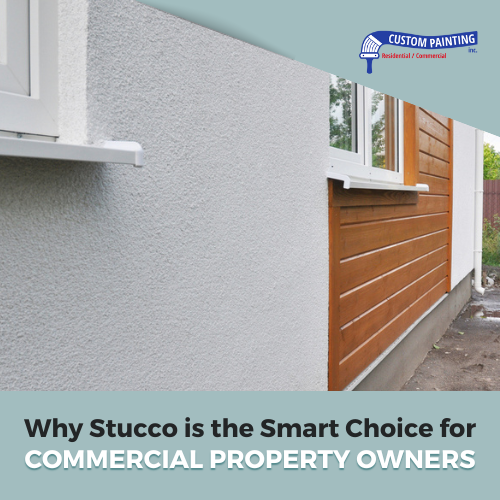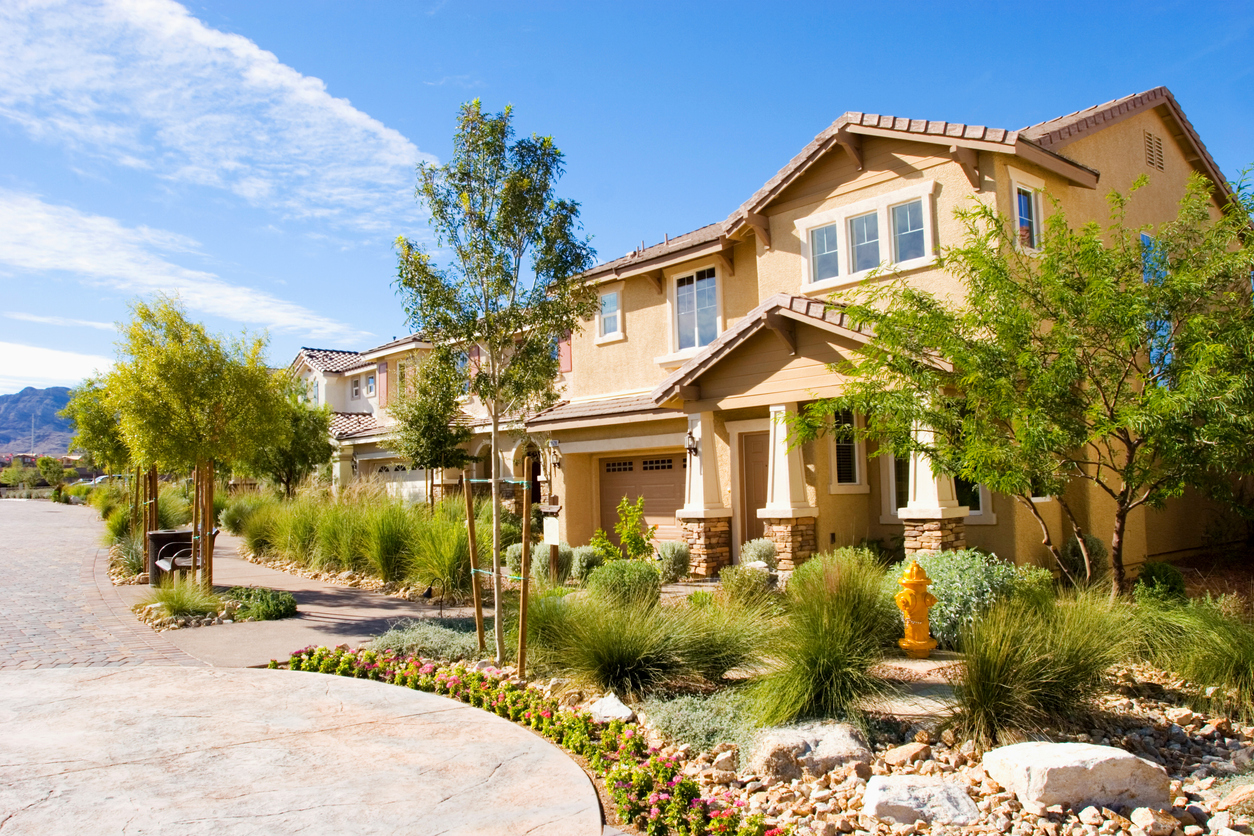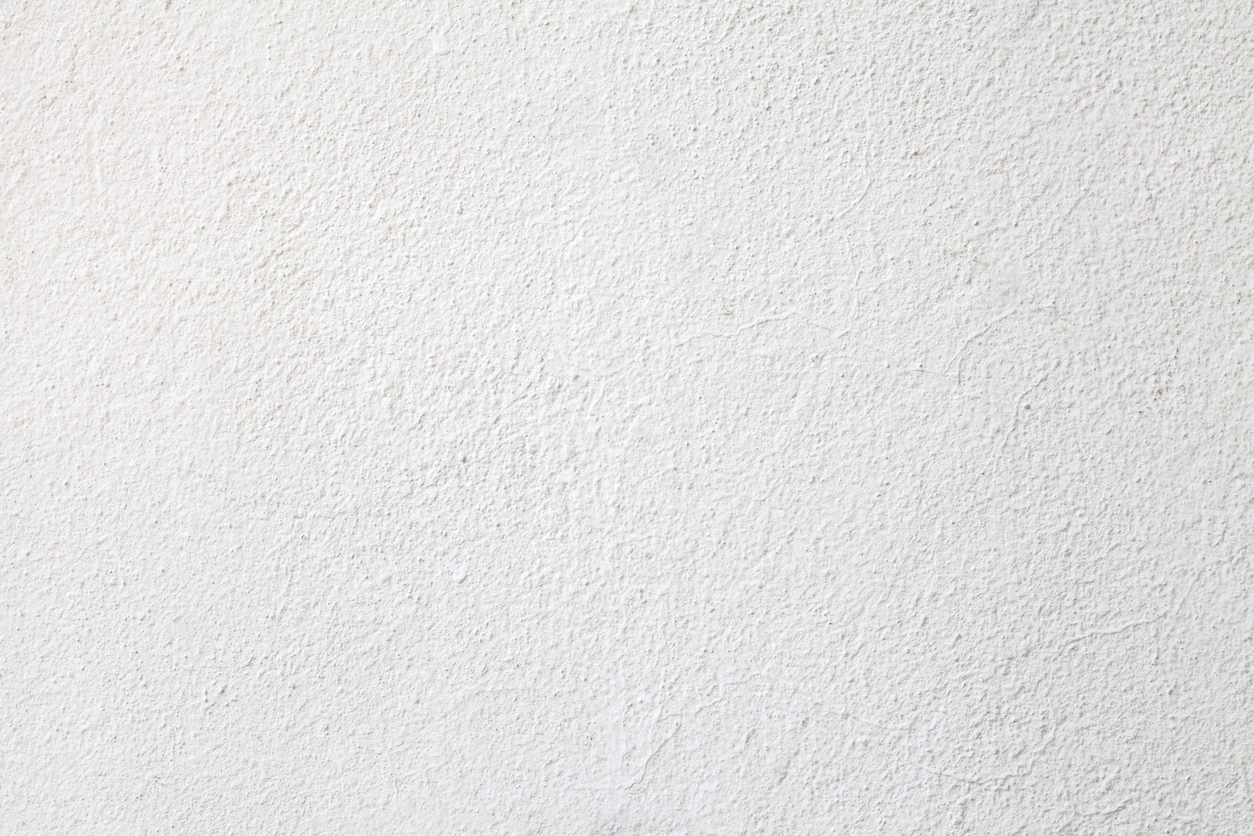If you’re looking for a reliable material for your home’s exteriors, why not choose stucco? It has been used for many centuries since the ancient Greek and Roman eras. Stucco remains a popular building material as it is durable, aesthetically appealing, versatile, and affordable. You can even customize its color and texture to suit your style preferences.
Understanding stucco
Stucco – definition, composition, and application process
Stucco is a type of plaster used as a wall and ceiling finish for protective or decorative purposes. It is made from cement, sand, and water. Sometimes, other ingredients like lime are added to improve workability. Stucco forms a hard, durable surface when it dries.
Composition and application process
Composition: Traditional stucco consists of cement, sand, water, and often lime. Synthetic stucco, also known as Exterior Insulation and Finish System (EIFS), is made from acrylic resins, polymers, and other materials for flexibility and insulation.
Application process: Traditional stucco is applied in multiple layers over a lath (mesh) attached to the wall. Synthetic stucco is applied as a base coat with insulation, a reinforcing mesh, and a final finish coat.
Traditional and synthetic stucco systems
Traditional stucco systems:
- Benefits – They are durable, fire-resistant, and good for soundproofing.
- Considerations – They can be prone to cracking and are labor-intensive to apply.
Synthetic stucco systems (EIFS):
- Benefits – They provide insulation, are lightweight, and can be customized in texture and color.
- Considerations – They require proper installation to avoid moisture damage, and their maintenance may be more complex.
Durability and longevity
Stucco can withstand high temperatures, making it a good building material option for hot climates. While stucco also handles rain well, you need to install it properly to prevent moisture from seeping into the building. It can endure wind effectively due to its solid and continuous application on surfaces.
Stucco’s lifespan can vary but typically ranges from 50 to 80 years with proper installation and maintenance. This makes stucco a more favorable exterior material option than vinyl and wood, which may need frequent replacements.
However, stucco is more prone to cracking and may require repairs over time, while other siding options, such as fiber cement, may be more flexible and durable under certain conditions.
Energy efficiency
Stucco offers excellent insulation by creating a solid, airtight barrier around a building that helps in regulating indoor temperatures. It reduces heat transfer, keeping commercial buildings cooler in summer and warmer in winter. This translates to reduced use on heating and cooling systems, resulting in lower energy consumption.
Aesthetic appeal
Stucco’s versatility offers architects and builders flexibility in achieving various styles. It can be applied as a smooth or textured finish and tinted to any color, allowing endless design possibilities. This adaptability makes stucco suitable for various architectural styles, from Mediterranean and Spanish Revival to modern and contemporary designs.
Stucco’s versatility
- Texturing – Stucco can be applied with various textures, such as smooth, sand, or swirl, allowing for different visual effects.
- Tinting – Stucco can be tinted to match any color palette, providing a customized look for the building.
- Sustainability – Stucco is known for its durability and low maintenance, making it a popular choice for commercial properties.
- Compatibility – Stucco can be combined with other materials like wood, metal, or stone to achieve unique aesthetic styles.
Examples of commercial properties using stucco
- Retail stores – Many retail stores use stucco exteriors with tinted finishes to create a cohesive and appealing storefront that aligns with their brand image.
- Hotels – Hotels often use stucco finishes with intricate textures and colors to reflect the local aesthetic and enhance the guest experience.
- Office buildings – Office buildings may incorporate stucco with geometric textures or patterns to create a modern and sophisticated look.
- Restaurants – Restaurants can use stucco with bold colors and artistic designs to create a visually striking façade that attracts customers.
- Shopping centers – Shopping centers often combine stucco with other materials to create a stylish and inviting environment that improves the overall shopping experience.
Low maintenance
While stucco is a durable and low-maintenance exterior finish, it requires some care to maintain its appearance and integrity over time.
Minimal maintenance requirements
- Cleaning – Periodically clean the stucco surface with water and a soft brush or a low-pressure hose to remove dirt and grime.
- Inspection – Regularly inspect the stucco for cracks, chips, or signs of damage, especially after severe weather events.
- Sealing – Reapply a protective sealant every 5-10 years to keep moisture out and maintain the stucco’s resistance to mold, rot, and pests.
- Crack repair – Repair any cracks as soon as possible with a patching compound to prevent water intrusion and potential structural damage.
Resistance to mold, rot, and pests
- Due to its composition and density, stucco is naturally resistant to mold, rot, and pests.
- Proper installation and maintenance help enhance these resistances.
Tips for regular upkeep
- Monitor – Look for any signs of discoloration or stains, which could indicate moisture issues.
- Vegetation control – Keep plants and shrubs trimmed back from the stucco to avoid moisture retention and potential damage.
- Gutter maintenance – Ensure gutters and downspouts are clear to prevent water from overflowing onto the stucco.
Addressing minor repairs
- Small cracks – Use a flexible patching compound to fill in small cracks.
- Stains – Use a mild detergent and water or a specialized cleaner to address stains promptly.
- Chips – Repair chips with a stucco patching kit or a matching stucco mixture.
Cost savings
- Proactive maintenance and timely repairs can prevent costly damages in the long run.
- Regular upkeep extends the lifespan of the stucco, saving money on replacement or extensive repairs.
Fire resistance
Stucco is a fire-resistant building material that can contribute significantly to the overall safety of a commercial property. Here’s how:
- Fire resistance – Stucco is made from cement, sand, and water, which are inherently non-combustible materials, making it fire-resistant. It can prevent the spread of fire on exterior walls and offer protection to the building’s structural integrity.
- Thermal insulation – Stucco provides an added layer of thermal insulation, which can help keep interior spaces cool and maintain a barrier against external heat.
- Durability and integrity – Stucco is a durable material that can withstand exposure to high temperatures for extended periods without compromising its structural integrity.
- Fire codes and standards – Many building codes and fire safety standards recognize stucco’s fire-resistant properties and can help buildings meet or exceed these requirements.
- Potential insurance benefits – Buildings with stucco exteriors may qualify for lower insurance premiums due to its fire-resistant properties. Insurance companies may offer discounts for using fire-resistant materials, as they reduce the risk of fire damage and claims.
Sound insulation
Stucco, as an exterior finish, has several properties that contribute to its ability to provide sound insulation. Here are some reasons why stucco offers sound barrier properties:
- Density – Stucco is a dense material that helps block sound waves. The higher the density of the material, the better it is at attenuating sound.
- Thickness – Stucco wall’s thickness can also play a role in sound insulation. Thicker walls can absorb and block sound waves more effectively.
- Multi-layered construction – Stucco is typically applied in layers, potentially providing additional mass and separation that helps to dampen sound.
- Surface texture – Stucco’s rough texture can disrupt sound waves, reducing sound transmission.
- Installation over other materials – Stucco is often applied over other construction materials like foam board insulation or wood sheathing, which themselves can contribute to sound insulation.
Increase in property value
Stucco is a popular building material in the real estate market due to its various benefits that can increase property value and appeal to potential buyers or renters in the commercial real estate market. Let’s explore how the advantages of stucco can positively impact property value and make properties more attractive:
1. Durability
- Weather resistance – Stucco is known for its ability to withstand harsh weather conditions such as rain, snow, and extreme heat. This resilience means less frequent maintenance and repairs for the property owner, which can be a significant selling point.
- Longevity – Stucco can last for decades with proper installation and maintenance, making it a reliable option for building exteriors. Its longevity can increase a property’s appeal and value.
2. Energy efficiency
- Insulation – Stucco provides a natural layer of insulation for buildings, helping to maintain a stable interior temperature and reduce energy consumption.
- Cost savings – Energy-efficient properties are attractive to buyers and renters due to the potential for lower utility bills.
3. Aesthetic appeal
- Versatility – Stucco can be customized in terms of texture and color, allowing for a unique and attractive finish that can match various architectural styles.
- Modern and classic look – Stucco’s aesthetic can be adapted to contemporary and traditional designs, broadening its appeal to a wide range of potential buyers or renters.
Increased property value and appeal
- Higher market value – The durability, energy efficiency, and aesthetic appeal can result in a higher market value for a stucco-finished property than similar properties with different finishes.
- Attractive investment – Potential buyers and renters often look for low-maintenance properties that offer cost savings in the long run. Buildings finished with stucco will make an attractive investment.
- Curb appeal – Stucco can enhance a property’s curb appeal, making it more attractive in listings and during property tours.
Considerations for commercial real estate:
- Tenant attraction – Stucco’s ability to maintain a consistent appearance and insulation can attract tenants looking for functional and appealing commercial spaces.
- Customization – Stucco’s customizable nature allows commercial properties to adapt to specific brand aesthetics and styles, making them more attractive to potential businesses.
Conclusion
Stucco remains a popular building material for several reasons. It’s durable, aesthetically appealing, cost-effective, and excellent for fire resistance and sound insulation. Stucco’s benefits can increase property value and appeal to potential buyers or renters in the commercial real estate market. Enhance paint adhesion and extend the lifespan of your exterior surfaces—discover our pressure washing offerings.
If you plan to update your home’s exterior, consider stucco – a worthwhile investment. Custom Painting, Inc. can help you complete your stucco application and paint project! Serving the Bay area including the cities of Tracy, Union City, Vallejo and Walnut Creek.
Call us at 925-294-8062 or complete our contact form for a free property assessment and estimate.



